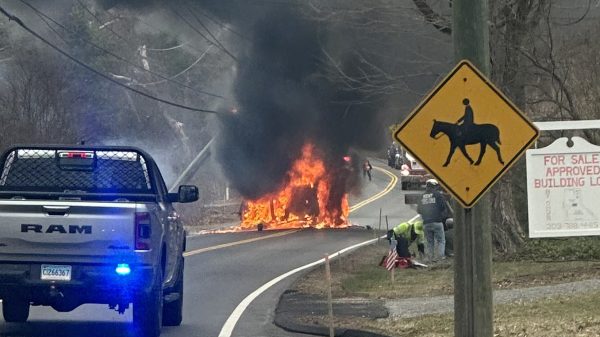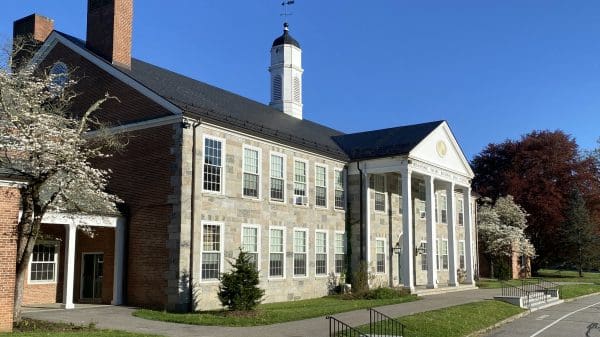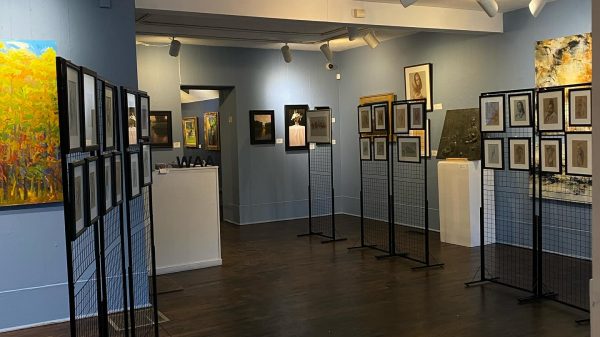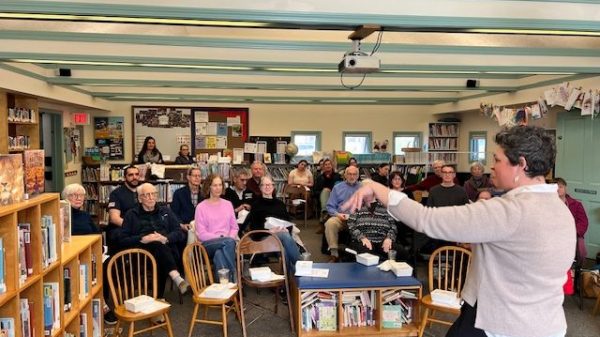
To the Editor:
I’m writing with one suggested correction to Karen Chase’s otherwise wonderful January “Remembering Civics” column on local government. Thank you, Karen. Keep up the good work.
My only comment is that the land west of the river was not all reserved for the Schaghticokes by a long shot. Much of it, in fact all of it north of present-day Route 341, was colony land and highly coveted by the settlers.
According to Emily Hopson, late president of the Kent Historical Society, two early entrepreneurs, Joseph Fuller and Joshua Lassell, “staked out large claims of land and appealed to the General Assembly for approval of grants to the land, disguising the amount of land involved and presenting themselves as hard-pressed farmers. The legislature was skeptical of their claims.
After thorough investigation and rejection of their preposterous claim, the General Assembly did grant about 100 acres each to Joshua Lassell and Joseph Fuller on the west side of the river. Lassell, having failed in his ultimate speculation, decamped and moved across the colony line to Amenia. One wonders what schemes and plots he hatched over there.
But Joseph Fuller, who was still a highly respected citizen of Kent, having held such offices as church deacon, town treasurer and selectman, remained here and became the venerated ancestor of generations of people, some of whom still live in Kent today.
So, in thinking about all of this, we have fun envisioning the earliest days of Skiff Mountain settlement. We have proved that both men had property up in this remote part of town, very near each other, almost at the Sharon border.
Did they choose that spot to build on in hopes that the General Assembly would never come find them squatting up there? Had they already built their houses before the deal was struck with the Colony? Lassell sold 50 acres with some sort of buildings on it when he left for Amenia, N.Y., in 1754. It’s possible that Fuller had also built a home by that time.
Marge Smith
Curator
Kent Historical Society




































